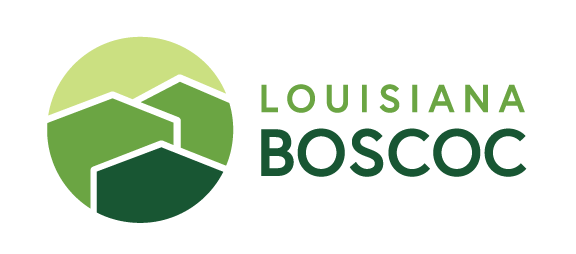Overview
Purpose
The Louisiana Balance of State Continuum of Care (LA BOSCOC) has released the results from January 2020 (FY 2019) Point in Time (PIT) Count.
The PIT Count is a CoC-wide census of people experiencing homelessness; the goal of the PIT Count is to determine, on a single night in January, how many people are experiencing homelessness in the CoC. The PIT Count covers all five of the LA BOSCOC’S Regions to the extent possible given local geography and homeless service provider capacity.
Outcomes
Sheltered homelessness increased 24%, from 376 to 465 people. This increase was primarily the result of Baton Rouge’s largest emergency shelter significantly increasing its total bed capacity and increased participation in the PIT Count by previously non-participating emergency shelters and transitional housing projects.
Unsheltered homelessness increased 30%, from 217 to 283 people. This increase could be attributed to several interconnected factors, most significantly that the LA BOSCOC switched from paper surveys to an app based counting methodology, which eliminated an annual data loss of up to 20%. In addition, Baton Rouge saw a large increase in volunteers, which increased the total number of hotspots canvassed, and Lake Charles experienced a natural gas boom that priced many low-income families out of its housing market.
Overall homelessness increased by 26%, from 593 to 748 people.
Methodology
On the night of January 27, 2020, the following activities were conducted:
An unsheltered count of known and likely locations where people experiencing homelessness could be found; this was performed by both volunteers and paid homeless services staff;
A sheltered count of participating emergency shelters and transitional housing projects.
In addition, for the week after January 27, supplemental surveys were conducted with people experiencing homelessness who accessed services through emergency shelters, drop-in centers, and other resource centers to determine where they were living on the night of January 2017.
While FY 2019 saw the LA BOSCOC’s first increase in overall homelessness in its history, and while that reflects general trends in unsheltered homelessness both statewide and nationally, it is also the result of the LA BOSCOC’s most accurate and comprehensive PIT Count to date due to significant improvements in survey technology and a record number of volunteers of the January 27 unsheltered count.
Accessing the document
Click here to view the January 2020 (FY 2019) PIT Count data.
